Riders of the Plain of Hope 2021
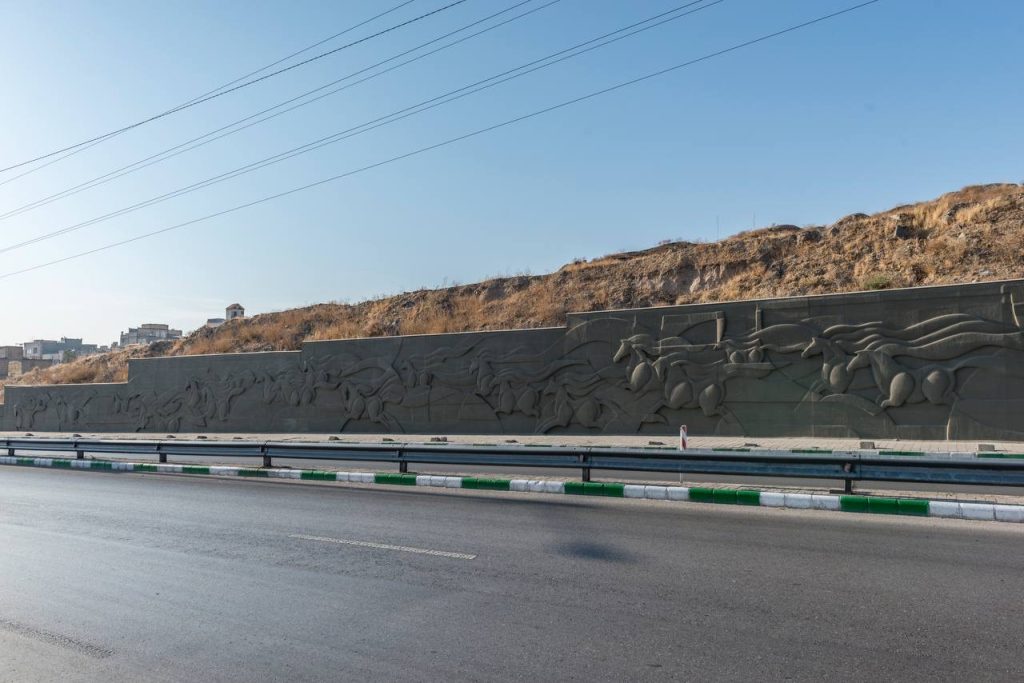

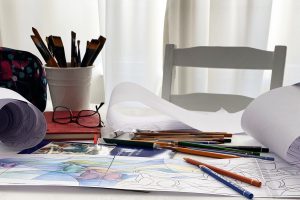
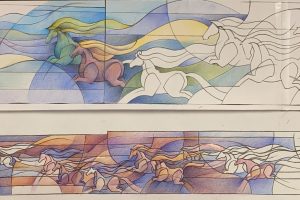
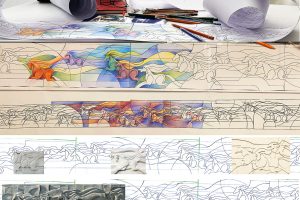
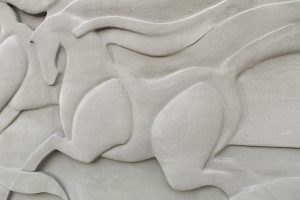
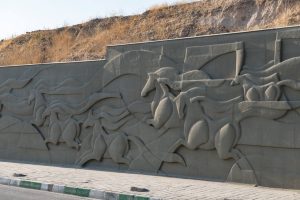
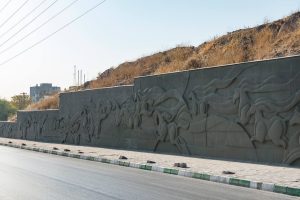
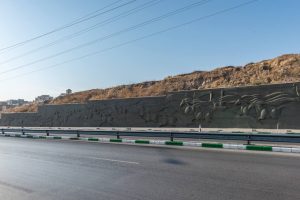
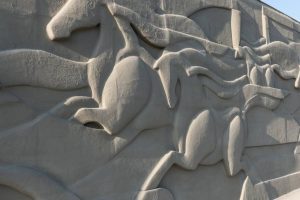
In the challenging and uncertain era of the COVID-19 pandemic, the artwork Riders of the Plain of Hope was created to convey a message of resilience and inspiration to society. Inspired by the impactful music of Master Hossein Alizadeh, the horse was chosen as the central motif symbolizing nobility, light, and triumph over darkness. The aim of this project was to restore hope, foster solidarity, and revive the spirit of joy within the community.
This artwork began with several initial sketches featuring lines and curves reminiscent of Persian mythology, symbolizing freedom and life. In the design phase, detailed study of light and shadow was conducted to create harmony and fluid motion in the depiction of the horses. Despite the challenges of the pandemic, the innovative use of lightweight concrete combined with the collaboration of skilled artisans led to the creation of striking relief elements that vividly depict movement and vitality. The monochromatic design in concrete tones evokes minimalism, strength, and durability qualities that align perfectly with the central themes of the piece.Interactive Feature To enhance engagement and build a deeper connection with the audience, QR codes have been integrated into the design
Viewers can scan a QR code to access the moving musical composition by Master Hossein Alizadeh, which served as the inspiration for the artwork. Listening to this music enhances the emotional depth of the artistic experience.
Another QR code guides the audience to additional content, such as behind-the-scenes images and videos, artistic explanations, and interviews with the artist and team about the creative process and techniques employed.
This piece goes beyond its visual appeal to serve as a cultural and educational emblem. Drawing from the rich symbolism of Iranian mythology, Riders of the Plain of Hope celebrates collective resilience and acknowledges the enduring legacy of cultural heritage. It acts as a bridge between generations, reinforcing shared identity and values.
This work transforms urban spaces into cultural landmarks, promoting tourism and stimulating economic engagement. With its focus on local narratives, the project creates opportunities for cultural exchange and global recognition of regional heritage.
The project opens avenues for partnership with influential organizations working in art, culture, and social development:
•UNESCO: Supporting the preservation of cultural heritage and promoting art as a tool for sustainable development.
•UNDP: Using art to foster social cohesion and community participation.
•UNESCO Creative Cities Network: Showcasing the piece as part of urban artistic heritage with global connections.
•Public Art Foundations: Expanding the global visibility of this artwork and fostering cross-cultural exchange.
Riders of the Plain of Hope embodies humanity’s triumph over challenges and adversity. Through dynamic and lively imagery, it conveys themes of unity, endurance, and harmony between humans and nature.
This artwork demonstrates the transformative power of public art. Supporting similar projects contributes to preserving cultural heritage, strengthening social bonds, and promoting hope in global communities. Riders of the Plain of Hope invites both local and international audiences to celebrate the enduring spirit of humanity through art.Project Specifications For the first time in Iran, this project was executed using this type of design, lightweight concrete techniques, and on a monumental scale of 600 square meters. The design and execution process incorporated innovative methods, establishing a notable achievement in sustainable urban art. Ultimately, this unique and thought-provoking project was installed in 2021, leaving a lasting impression on public spaces.